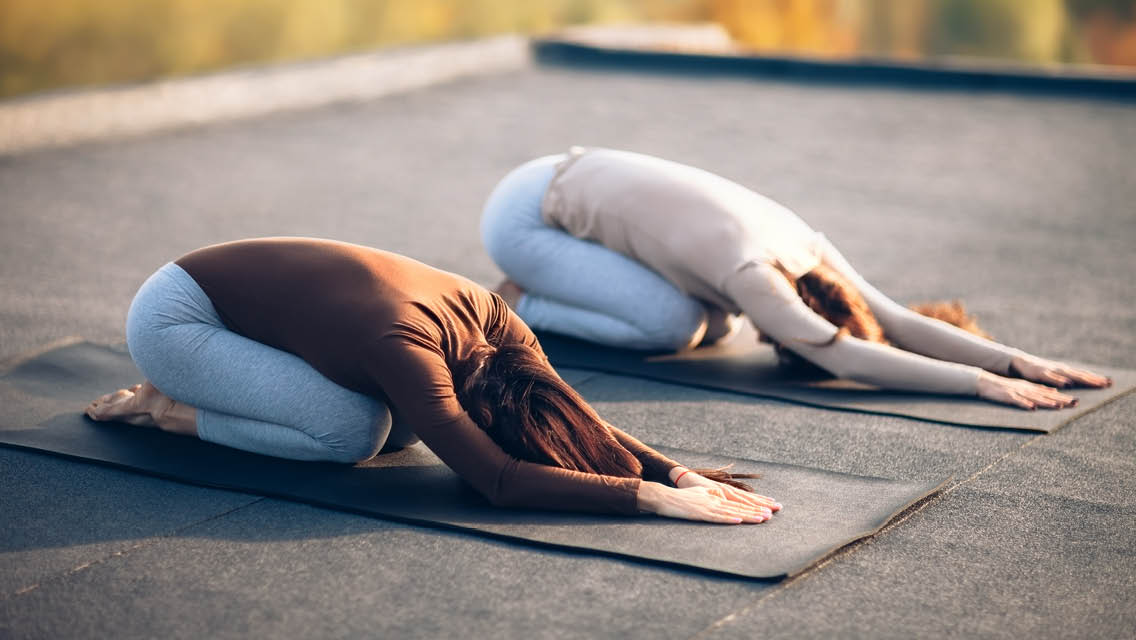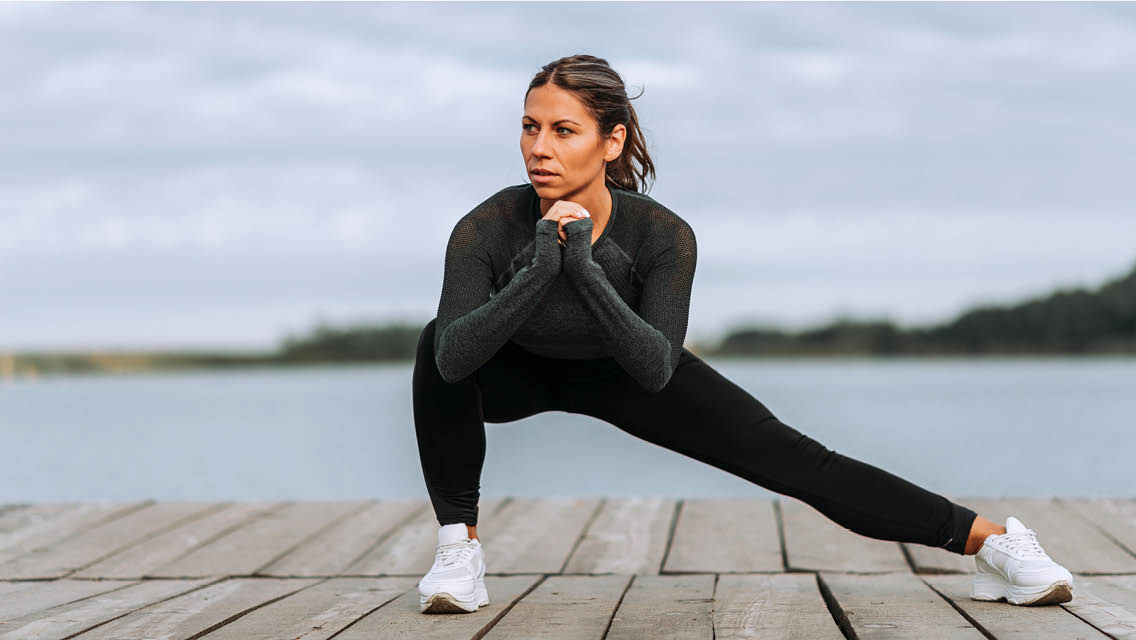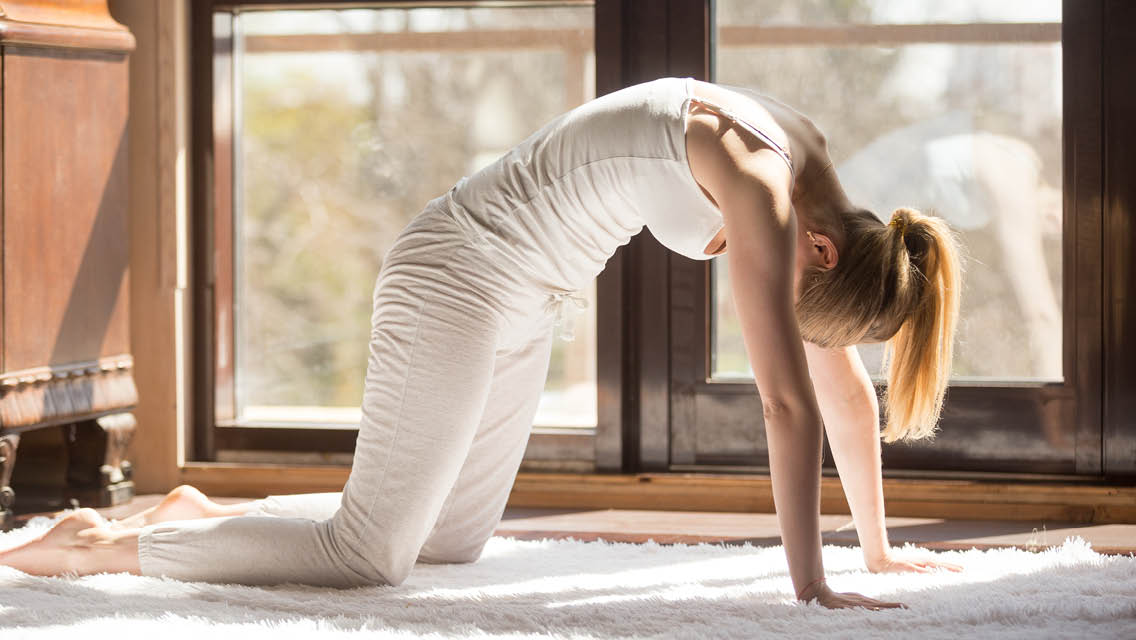To stretch or not to stretch: That is the question.
Some trainers swear it’s essential; others argue that it’s worthless. Some say you shouldn’t even touch a weight until you’ve thoroughly stretched every muscle; others warn that preworkout stretching is counterproductive, even dangerous.
Don’t roll up your mat just yet, though — there’s a reason for the confusion.
“When most people think ‘stretching,’ they think of a runner putting their foot up on a railing, and holding it there for 15 seconds before they run,” says trainer and injury-prevention expert John Rusin, DPT, CSCS, PPSC. But there’s a lot more to flexibility training.
Simple as it sounds, stretching can cover a broad range of activities, Rusin says — from powerful, explosive moves to slower, more soothing ones. And they all play a role in optimizing your fitness, no matter your preferred sport or activity.
Static Stretching
- This is the type that comes to mind when most people think of stretching: You assume a position that elongates a muscle or set of muscles — by reaching for your toes, for example — and hold the position for 30 seconds or more. Restorative yoga is an example.
Dynamic Stretching
- This approach consists of powerful, repeated movements, performed with an extended range of motion, often incorporating athletic movements like reaching, running, or jumping. Think front and high-knee kicks, arm circles, walking lunges, and many other moves familiar to field athletes.
Targeted Mobility
- Probably the least familiar modality to most gym-goers: You get into a stretch and systematically contract areas around the stretching muscles to enhance function and strength. As the name suggests, most moves focus on mobilizing a single joint, and sometimes a single movement in one joint. Variations include proprioceptive neuromuscular facilitation, functional range conditioning, and many physical-therapy treatments.
By incorporating the right stretching techniques into your routine, you can ensure steady progress in mobility, athleticism, and range of motion — all essential components of an effective and balanced fitness program.
This was excerpted from “Stretch Your Fitness” which was published in the April 2021 issue of Experience Life magazine.





This Post Has 2 Comments
[…] Source link : experiencelife […]
[…] Source link […]